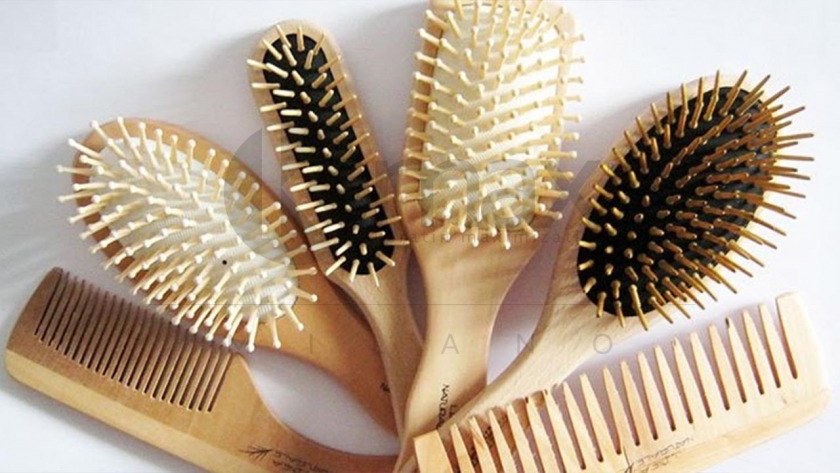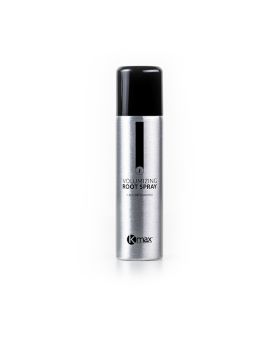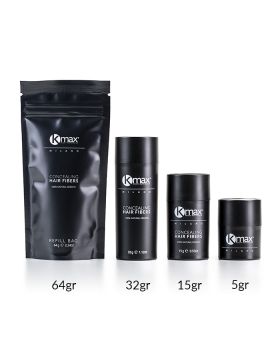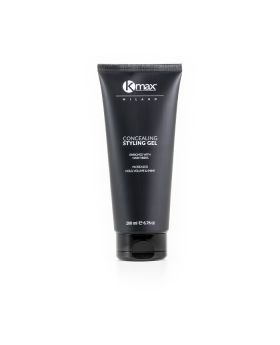Hairbrushes and combs: how to choose the right one
Hairbrushes and combs: how to choose the right one
Choosing styling tools suitable for your hair type is the first step to taking care of your hair properly. Comb or brush? Narrow or wide teeth? Plastic or wood? With this practical guide you will no longer make mistakes.
Comb or brush?
Unlike what you might mistakenly think, combs and hairbrushes are not interchangeable styling tools. Both, in fact, have been designed with different shapes to perform different actions on our hair. Generally, the comb is to be preferred when the hair is wet, because it is able to better untangle the knots without breaking the hair shaft. Instead, the brush is more aggressive on wet hair and it may risk to breake it. However, hair brushes are ideal for removing dandruff residues and massaging the scalp.
After this general premise, let’s perform a more specific analysis on types and materials of combs and brushes to find the perfect tool for our hair.
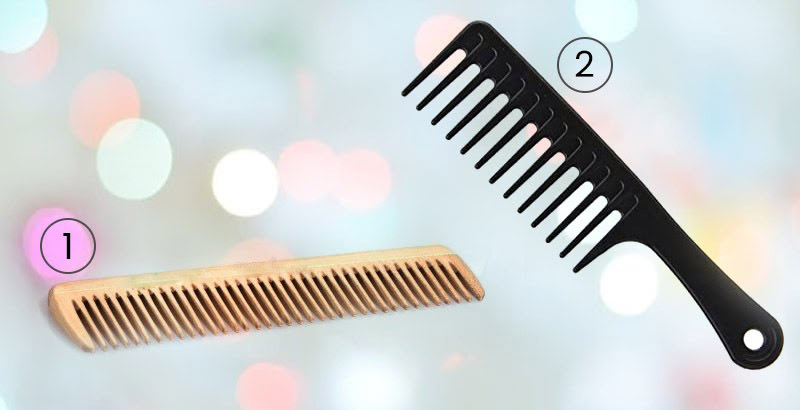
Comb with wide teeth
As mentioned, the wide-toothed comb (num. 2) is ideal for combing wet hair and detangling every tangle in a delicate way. In addition, it can also be conveniently used to evenly apply a nutrient mask after shampooing.
Ideal for: curly hair, as the width of the teeth avoids breaking the natural waves of the hair and reduces the risk of breaking them.
Comb with narrow teeth
The shape of this type of comb (num. 1) has been designed to make the straight line and to divide the hair evenly for a precise look. Hair combs with narrow teeth are also used for backcombing the hair. So the secret for a perfect tail starts right here. In addition, to encourage an even more neat hairstyle for those with fine hair or a slight thinning, Kmax keratin fibers for hair can make the difference. The result? Immediately thicker and voluminous hair..
Ideal for: straight hair (impossible for curly and thick hair!).
Comb and hair gel: a combo to try
Applying the hair gel with your hands is undoubtedly the most used technique. However, the comb can be a good ally for an alternative look. For example, if your hair is medium-long you can opt for a classy hairstyle by combing your hair backwards. How? Apply the hair gel and then distribute it with the comb to achieve the desired result. And if the problem is the volume of your hair, it should not be missing in your styling tools the Kmax Concealing Styling Gel: the professional gel enriched with keratin microfibers can make the hair thick and voluminous in a few seconds. This way, you won’t have to give up any look.
Shape okay, but which material?
The material of your styling tools, no matter if combs or hairbrushes, is what makes the difference for excellent results. For example, wooden combs are perfect for draining the electricity of the hair. Instead, metal combs are particularly strong and robust: this allows them to untangle the knots without tearing out the hair. Carbon combs are now also very popular, as they are heat-resistant and, like wood combs, avoid "electric hair". And what about plastic? It is certainly the cheapest choice, but most of the time it is also disappointing in terms of results. However, an exception is the plastic combs made of cellulose acetate.
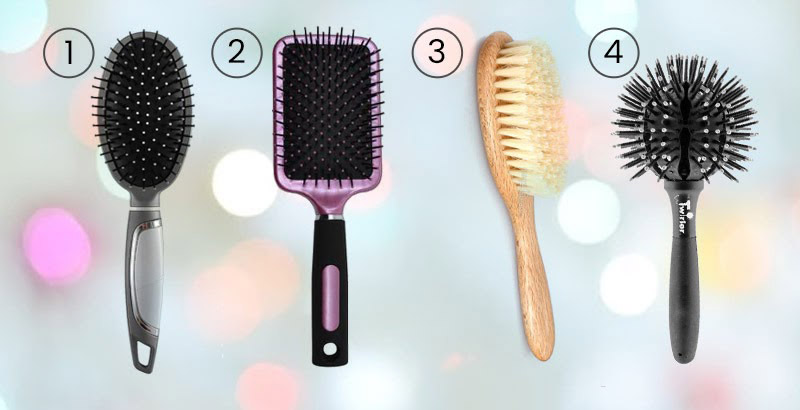
Hairbrushes: let’s start with the classic one
The oval or pillow brush (num. 1) is the brush par excellence, the one we think of when someone says "brush". It is a plastic tool with bristles ending with a small pellet. It is ideal for untangling nodes without irritating the scalp. However, as we have seen before, it is not recommended for wet hair because it is definitely too aggressive.
Ideal for: straight hair (especially if long) and wavy.
Wide and rectangular hairbrushes
The brush of this shape (num. 2) is a must have when drying hair, as it favors a quick and silky fold, reducing frizz. It can be in plastic, ceramic or wood.
Ideal for: straight hair, especially if thick and long.
Brush with natural bristles
The most loved? The brush with boar bristles (num. 3). Its biggest advantage is to distribute the natural oil produced by the scalp in a homogenous way throughout the length of the hair (when they are dry). In this way, the hair is less fat and more shiny. In addition, they are the ideal hair brushes when using dry shampoos like Kmax Volumizing Root Spray. This is because they eliminate any product residues, leaving the hair clean and fragrant, as after a real wash.
Ideal for: straight or wavy hair.
Professional hair brushes: from cylindrical to spherical
The cylindrical brush is seen as a professional styling tool, as it is used to get real folds. Another reason to place it in this section is the fact that it may be complicated to use for someone who is not an expert. However, practice will certainly help. The cylindrical brush is mainly used to smooth wavy hair or to make natural curls. Instead, the spherical brush (num. 4) is distinguished by its non-homogeneous teeth and the presence of a ball base. The latter is perfect for drying hair quickly leaving it wavy and voluminous.
Ideal for: wavy and smooth hair.
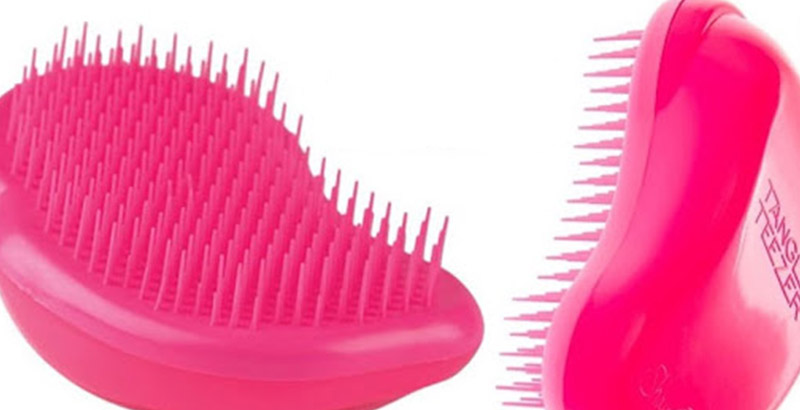
Tangle Teezer is a cutting-edge brush that has been on the market for a couple of years. Its success is directly proportional to its detangling power. In fact, its shape with particularly thick bristles allow to untangle knots without breaking the hair. For this reason, it is the preferred styling tools for those with curly hair. But remember! Combining the hair when dry could damage it causing broken and frizzy hair.
Ideal for: curly hair.
Combs and hairbrushes: now you know every secret!
In this practical guide, we wanted to reveal all types of combs and what are the best brushes for hair. Although they are the basic styling tools, their choice is often overlooked and considered irrelevant. A brush for long and smooth hair should never be used by those who have voluminous curls to tame. Adopting the right tools for your hair type allows to always keep your hair healthy and avoid unnecessary breakages. Now that you know the secret, you’re no longer allowed to make mistakes!
Stay up to date!
Seasonal, chronic or other effluvium? In the next article, we will talk about how to distinguish the different types of effluvium to better understand the causes of hair loss.


